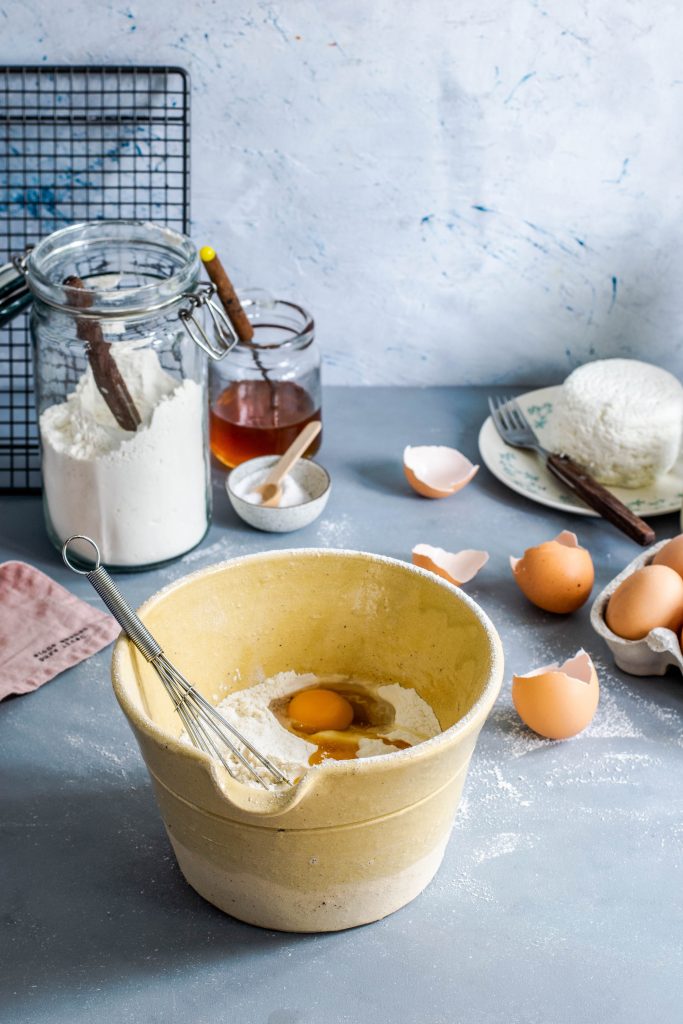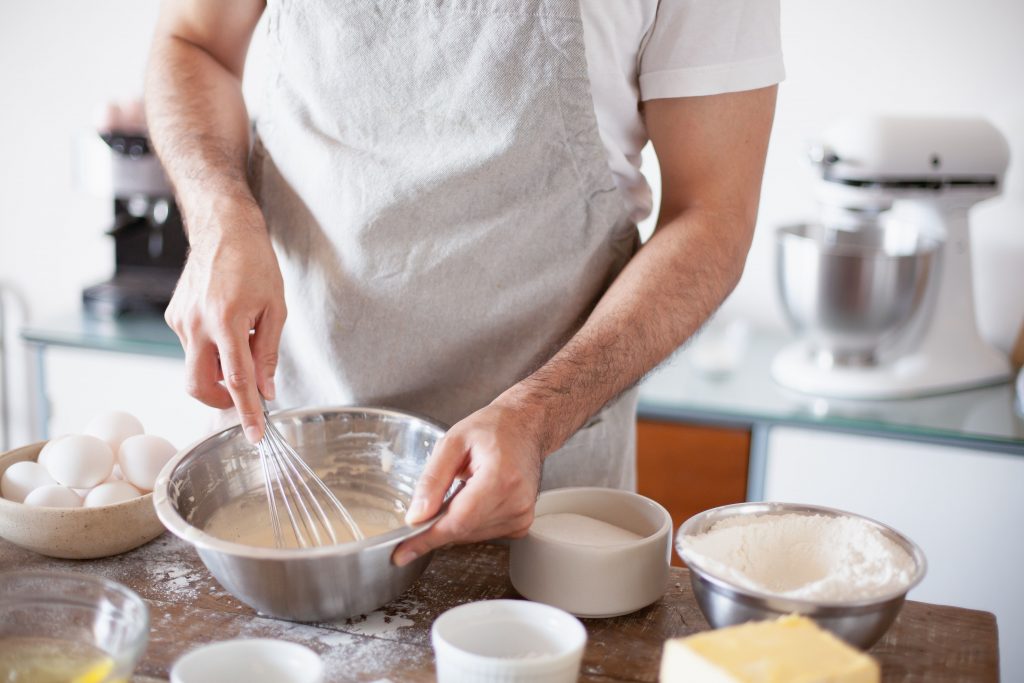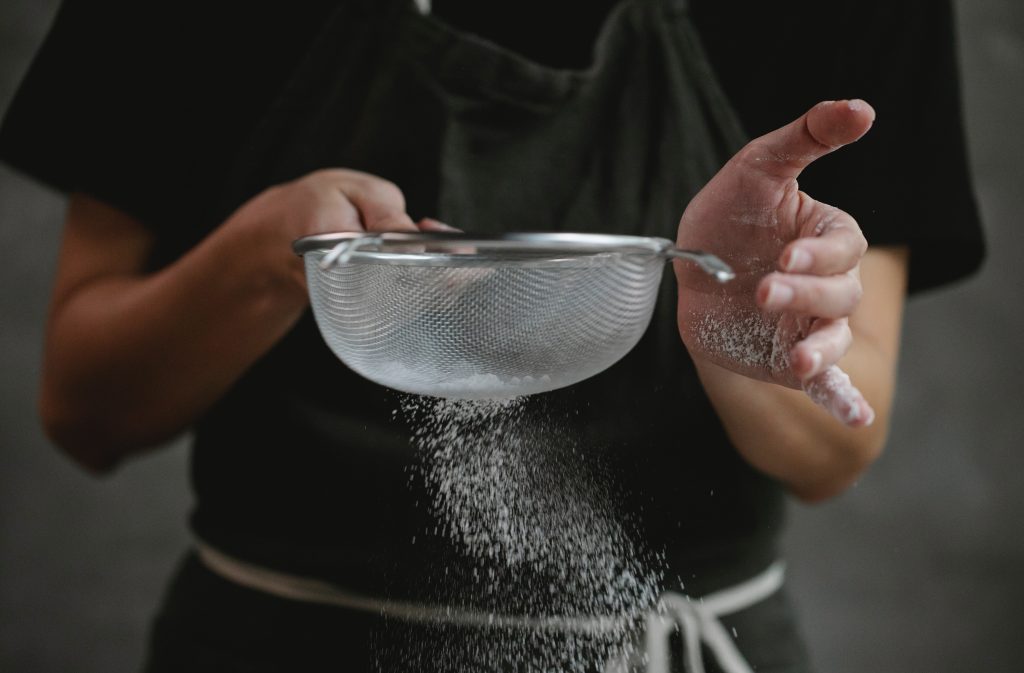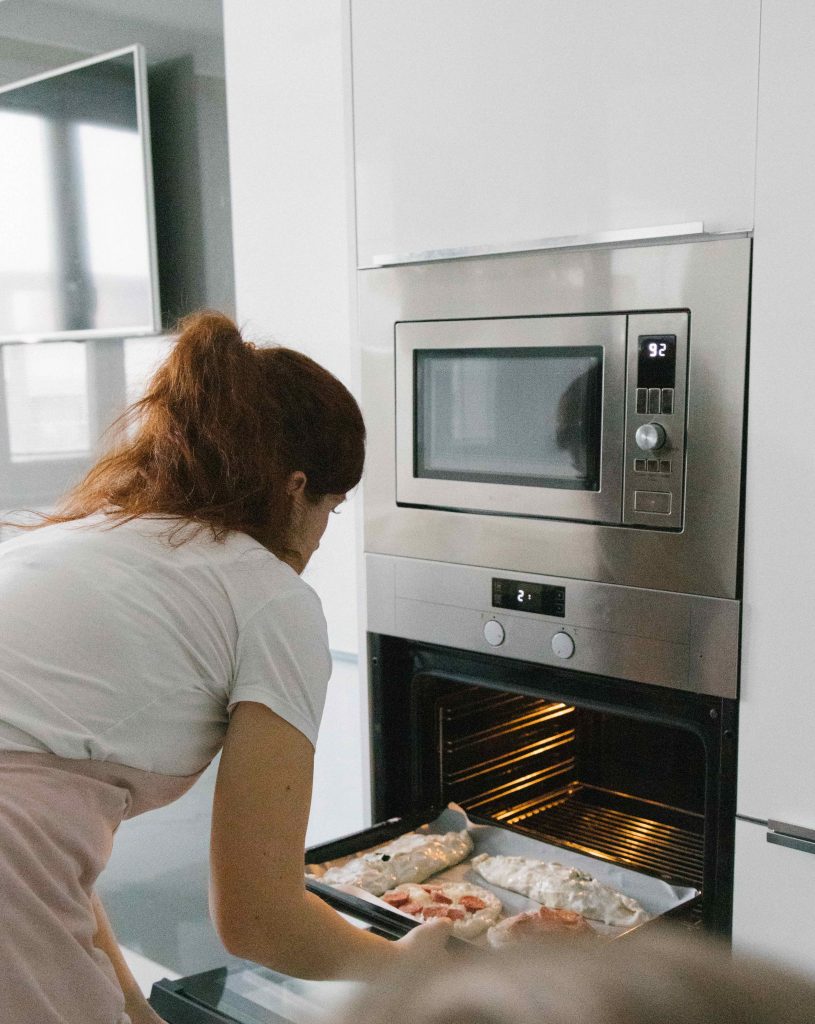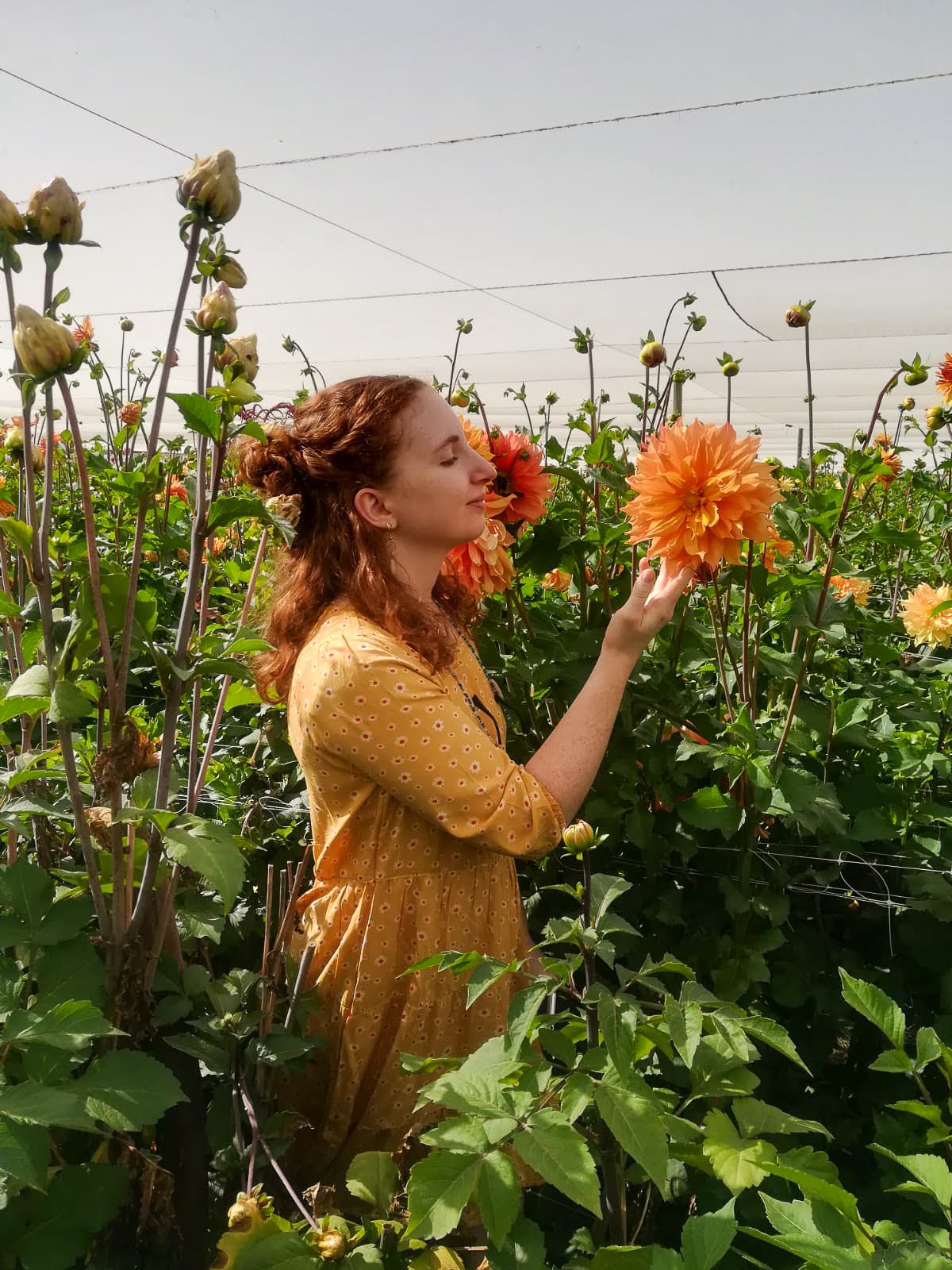Do you ever feel frustrated when your cakes and cookies don’t look as good as the glossy image in recipe books? Then follow along as I share some of my top tips for better baking!
I’ve been baking ever since I can remember, licking chocolate cake beaters as a tiny tot, making gingerbread cookies with my mom and bottling up brandied cherries with my dad. I’ve still had my fair share of baking fails though…sunken lemon loaves, merged cookies, sponge cakes dotted with pockets of cornflour. My first ever batch of macarons resembled something similar to coloured brandy snaps and I made the worst-ever banana bread when I decided to substitute the oil with leftover coconut milk.
As I’m sure you’ve heard before, baking is a science. Although it seems pretty easy to just follow a set of instructions, baking requires a fair amount of practice and understanding. With everything I’ve learnt in my journey, I thought I’d pull together some of my top tips for better baking. Are you ready?
Tip #1: Follow the recipe to the T (99% of the time)
Read the recipe before you start baking, underlining key steps if you find that useful. It’ll help you get an overall idea of the process so that you’re prepared for all the steps, especially those that happen at high temperatures or need to be done quickly (e.g. preparing honeycomb).
Next, get your ingredients ready – sift the dry ingredients together, chop the chocolate or melt your butter.
Don’t cut corners. If the recipe says to cool for 10 minutes, then do it…it really can make a difference. Liquids that are too hot can curdle eggs, while cold ingredients can seize melted chocolate.
And although it’s important to have fun and learn how to make recipes your own, don’t ad-lib too much with the main ingredients. Remember baking is a science, and the exact ratio of these is important for the correct reactions to take place. But if your heart is telling you to add more chocolate chips or a teaspoon of cinnamon, then go for it!
Tip #2: Measure your ingredients correctly
One of the best baking tips I can think of is to use grams over ml wherever possible. Everyone measures ingredients differently using cups, so using a scale is far more accurate. Mis-measuring flour is one of the top mistakes of baking; 1 cup should weigh 120g. To correctly measure flour if you don’t have a scale, fluff your flour using a spoon, then scoop it into your measuring cup and level off with a knife. Have a look at our quantity conversion chart for cup to gram values – it’s a fun exercise to check how accurate your ml measurements are.
Tip #3: The ‘Americanisms’
I used to get tripped up with recipes from international publications because of the different names they use for ingredients. I wasn’t quite sure what heavy cream was, and mistakenly whipped Woolies double thick cream to top a cake (it curdled almost instantly but I still used it…whoops!). This is what works for me:
- US single cream = pouring cream (not for whipping)
- US heavy cream = whipping cream
- Clotted cream = double thick cream (e.g. the one from Woolies)
- All-purpose flour = a type of flour that falls between cake flour and bread flour in terms of gluten content, but cake flour seems to work perfectly in most cases
- Confectioners sugar = icing sugar
- Superfine sugar = caster sugar
- Bittersweet chocolate = a sweeter form of dark chocolate, this refers to any chocolate with a ~55% cocoa mass; I use Cadbury’s Bourneville.
Tip #4: Always sieve your dry ingredients
Store-bought ingredients can have impurities in them, so get into the habit of sieving powdery ingredients like flours, baking powder, bicarb, cocoa powder and icing sugar. Once you’ve sifted dry ingredients together, make sure to also give them a good whisk – this evenly distributes all the particles so you don’t get any pesky dry lumps forming when liquid is added to the batter later. A game-changing baking tip that I wish someone told me sooner!
Tip #5: Don’t forget the salt
Quite a few people think that you don’t need to add salt to baked goods because salt is for savoury food, right? No! Salt is an important flavour enhancer in baking that should not be skipped (what is caramel without a hit of salt?).
Tip #6: Degrees of mixing and gluten development
Flour is one of the main ingredients in baking. It contains gluten, a protein that becomes increasingly firm and elastic the more a mixture is mixed, beaten, kneaded etc. Breads get their texture from developing the gluten network through kneading, usually as much as 10 minutes; however, creating gluten in cakes batter or pastry by over mixing makes them dense and tough. This is why recipes say to mix until just combined.
Alternatively, under mixing can also affect bakes. The main culprit, in this case, is the creaming of butter and sugar for cakes. In order to get a super light and moist crumb, make sure to mix the two for a lot longer than you think, about 5-7 minutes or until pale and fluffy.
Tip #7: Even cakes and cookies
To get consistent sized cookies, muffins and cupcakes, use a cookie scoop or ice cream scoop with a spring mechanism to portion out the batter. To get even cake layers, I like to weigh all the batter and divide the value by the number of baking tins I’m using. Baking cakes at a slightly lower temperature, about 160ºC, can also encourage flat tops.
Tip #8: Become mates with your oven
It’s important to get to know your oven and how it acts. My oven has a hot spot in the top left corner that I have to avoid if I want evenly golden bakes. I also know that 180ºC on my oven is too hot, so I compensate by setting it to 175ºC. Everyone’s oven acts differently. Set your timer 5-10mins less than the recipe says, checking and leaving your bakes in for longer if needed.
As tempting as it may be, don’t open the oven door during baking time as it (a) releases all the precious heat leading to uneven bakes and (b) can cause some bakes, like cakes and choux, to collapse.
Tip #9: Keep notes
Whenever I try a new recipe, I always go back and make notes in the margins about how it turned out and what I could change next time. Maybe it needs 5 minutes less cooking time, extra chocolate chips, slightly less sugar or perhaps there’s a point in the method that I’d do differently next time.
Tip #10: Start making things from scratch
That’s right! No more store-bought caramel, frozen pastry or cake premixes. Mastering the basics is incredibly empowering and will open doors to making more complex things in the future. Learning how to make a classic caramel, for example, means you can move on to Tarte Tatin, millionaires shortbread and toffees.
Tip #11: Be curious about the science of baking
It can be incredibly useful to understand the basic science behind baking, and it’ll make a huge difference to your baking confidence. Why do we use cold butter for pastry, softened butter for cakes and melted butter for brownies? Why do muffins get baked at a higher temperature compared to cupcakes? There are a lot of bloggers, Instagrammers and cookbooks sharing resources about this. To get started, have a look at @scientifically.sweet and @benjaminthebaker on Instagram or have a look at cookbooks like The Pastry Chef’s Guide by Ravneet Gill.
Tip #12: Don’t stop baking!
Whatever you do, do not stop baking! Like everything, we get better with practice. I’ve had my fair share of demoralising baking flops but I’ve learnt a lot from them. Embrace the process and remember to have fun!
And those are my top tips for better baking. I hope that they will help you to achieve the beautiful bakes you want to create. Happy baking!
Feature image by Monika Grabkowska on Unsplash
ALSO SEE: Modern Baking by Donna Hay

